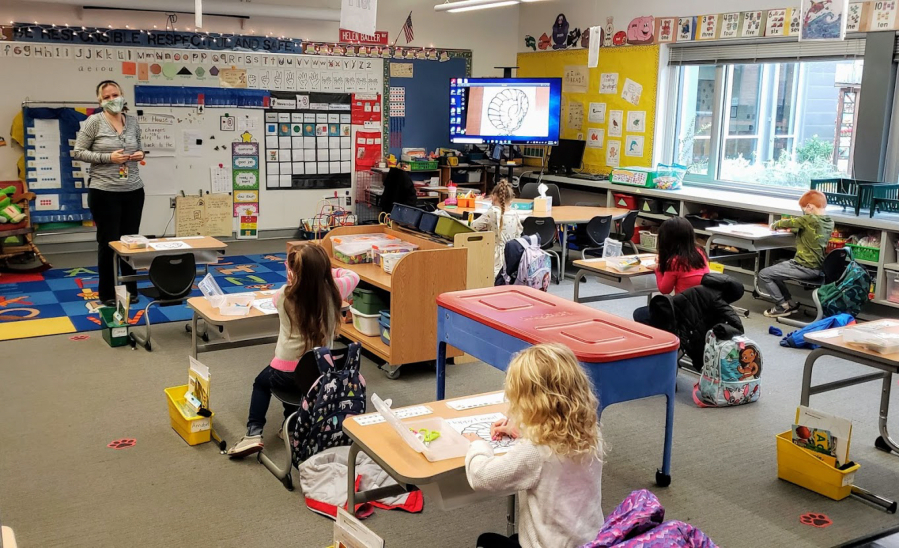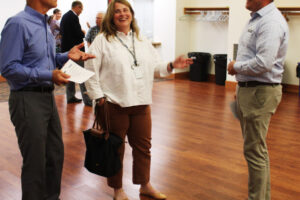The Camas School Board unanimously approved the school district’s proposed Academic and Student Well-Being Plan, meant to address student needs that resulted from the closure of school buildings and the move to remote-learning during the COVID-19 pandemic.
The plan, required by the federal government if school districts hope to receive money from the federal Elementary and Secondary School Emergency Relief Fund established by the American Rescue Plan Act of 2021, will now move on to the state level for its approval.
Camas Assistant Superintendent Lisa Greseth told school board members on Monday, May 24, that the district’s plan was required to:
Identify and address pandemic-amplified inequities in the district;
Accelerate and extend existing plans for improvement designed to eliminate inequities in student access and outcomes;
Make decisions about professional learning and student support that focuses on students’ academic and wellness; and




